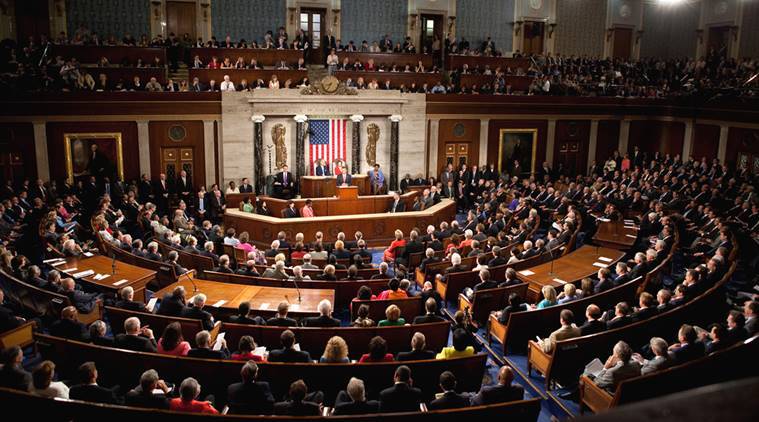The country and news cycle is focused on Tuesday’s midterm elections. The balance of power at both the state and federal level is shifting, leaving a host of new faces on Capitol Hill and in legislatures nationwide. These new influencers, regulators and policymakers need to be educated by organizations about their key issues. Communicators play a key role in educating these new leaders and advocating on behalf of their organizations and clients.

Here are five key takeaways for communications professionals to prepare for the post-midterm election political landscape…
1. Don’t underestimate lame-duck sessions:
Legislative bodies that flipped – whether the House of Representatives or state legislatures – will likely engage in legislative pushes during the lame-duck session, which is post-election but before new members are sworn into office. Organizations should keep a close eye on movement and be prepared to support or defend key initiatives and programs. The farm bill is one that will likely be addressed before the end of the year.
2. Prepare for January 3, 2019 with a messaging refresh and stakeholder mapping:
Organizations should take the time leading up to the start of the new Congress on January 3, 2019, and state legislative sessions throughout January, to tweak their messages and communications strategies to ensure that they properly reflect new policy influencers. Mapping stakeholders and identifying third-party validators who can amplify your messaging with influencers will help differentiate your organization.
3. Plan for gridlock on Capitol Hill:
Washington finds itself in yet another era of divided government. This means the likelihood of large, sweeping legislative efforts like tax or healthcare reform is unlikely. However, Washington will not grind to a complete halt next year. There will be opportunities for small wins as budget measures continue to pass and smaller legislative efforts move forward. Expect all focus to turn to the ever important 2020 Presidential election, where the slew of newly Democratic governorships could complicate re-election hopes for President Trump.
4. Cut through the noise:
With so many new faces set to converge on Washington in January, organizations should be prepared to reach out to key representatives to educate them on high-priority issues. To cut through the noise new representatives will surely face, they will need to craft messages that are concise, straightforward and demonstrate the impact on their constituents.
5. Keep an eye on states:
For some industries, state elections could have a stronger regulatory impact than federal results. For example, states control auto insurance regulations and Medicaid prescription drug formularies. Yesterday’s gubernatorial and state legislature results could spark more significant changes for those industries than we’ve seen in the past few years.
The bottom line…
Organizations should work to effectively communicate their positions on key issues with state and Washington influencers in preparation for this new set of decision-makers to take power. To differentiate your organization, fine tune your messaging and identify, educate and activate third-party validators to surround influencers and policymakers and advocate for your point of view.


